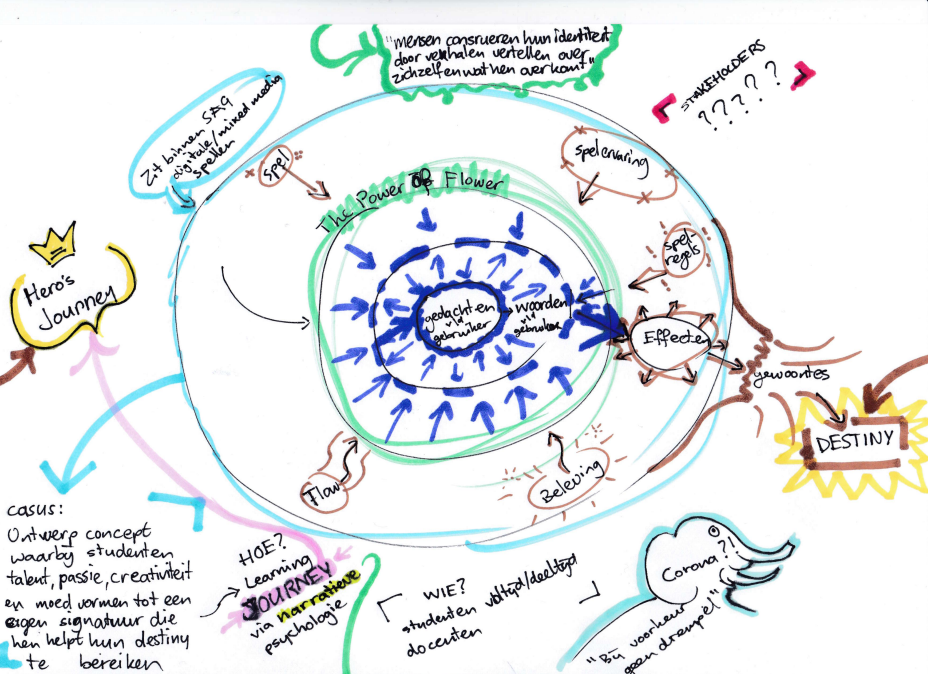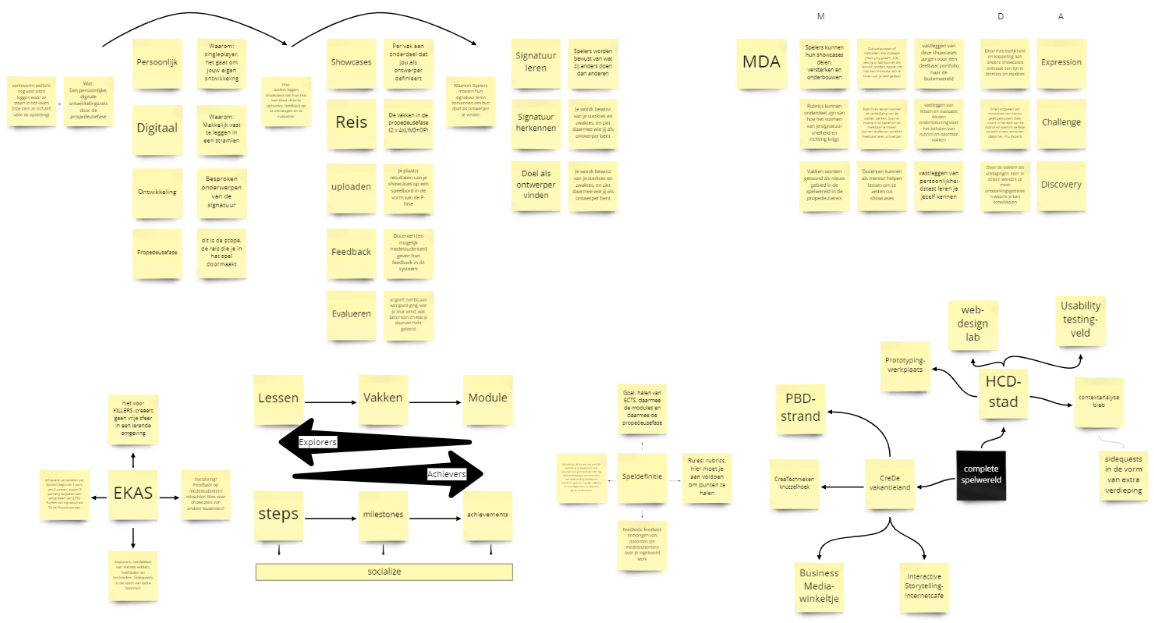When writing about the importance of Game Feel and its 'juiciness', I watched some videos that tried to capture the elusive state of our understanding of this Game Feel. These videos tried to get at player feedback and providing impact. Through these videos I felt there was a similarity to Disney's 12 Basic Principles of Animation. I searched the internet for people who had the same thought, and came across The 13 Basic Principles of Gameplay Design. While it is not precisely what I had in mind, it is a good starting point to begin my own search through the intricacies of succesful, but above all, impactful game design.
The sources I mentioned and that I base my 12 principles of game design on are:
- Mark Brown's Secrets of Game Feel and Juice,
- Jan Willem Nijman from Dutch game studio Vlambeer's The Art of Screenshake,
- Disney's 12 Basic Principles of Animation,
- Gamedeveloper.com's The 13 Basic Principles of Gameplay Design.
I felt there were some points of the Disney's principles that weren't picked up fully. Also cross referencing both lists with GARF (Goals, Actions, Rules, Feedback) made me feel some parts were missing. Trying to come up with 12 principles, I made the following list:
Make sure the player knows what they need to do, both in what they need to do now, as what they need to do to win the game. Clear and apparent goals give a player heading. Make sure you allow players the space to create their own goals.
A player should know what they're able to do and what outcome their actions have. This included knowing what they can't do (yet). Clear and easy to perform actions make the player feel they're in charge and have power. The challenge needs to come from the gameplay, not from performing actions.
Actions must fit with the expectations and logic of the real world, even unpredictable or 'impossible' events shouldn't stray too from what's possible. The game world should give a believable sense of gravity, weight, mass, density, force, buoyancy, elasticity, etc. These are so ubiquitous players are easily overwhelmed if these rules are broken. If your game breaks them: break them deliberately and communicate how it works.
Prepare the player for change. Make sure the player can anticipate on events or environmental and actor behaviors. Make sure the amount of requested attention is proportionate with the amount of impact it has and how aware players are of the coming behavior.
Let the player know what they should focus on, and vice versa, what they shouldn't. This applied to what the player should look at, but also at what goal they should aim at.
Events, actions and behavior should not be displayed as standalone event, but should be communicated as moments that are part of the bigger picture. An explosion is part of an object before and after the explosion. A jumping character is part of the character's appearance and behaviorisms.
Objects in the game are part of the world and they influence each other. Interaction between objects increases believability and makes them part of the whole.
Players may want fast-paced action or a relaxing puzzle game, but both should pace the gameplay so that there's tension and release and moments or high concentration or urgency don't take too long or too short as this will take away from the attempted experience.
Space between User Interface elements or in game elements should be decided deliberately, as they can communicate an idea, a story or intent based on their placement, both spacially as relative to other elements.
Every element in game should communicate to the player what its role is. Are your game ideas communicated clearly and concise? Does the system give the player the insights you want the design to give them? Is it clear the first time you see it, and does it still fit when you see it for the thousandth time?
Elements shouldn't be designed purely as static pictures. Animation, sound and interaction add to an element's appeal. Consider whether your elements need sound (hint: they do!) or other sense increasing properties. Make sure the experience benefits from these properties.
Maybe the closest principle to game feel: does your mechanic draw the audience in? Does it make the player want to discover the world? Does it make an onlooker want to play the game? Does it make a reviewer want to talk how you came to these ideas? Does it make a youtuber want to explain it to their audience? Less is more might be true, but more of less is equally true!
Conclusion
The list feels good, but because I haven't designed enough interactive games I can't say if they fit. On first read it feels these rules are too much geared towards video games, while it feels like rewriting some rules, or taking out some words could make them fit in with every form of interactive entertainment; from an interactive movie like Netflix's Bendersnatch, to simple card and board games, all the way through to the deepest of MMORPG's.


